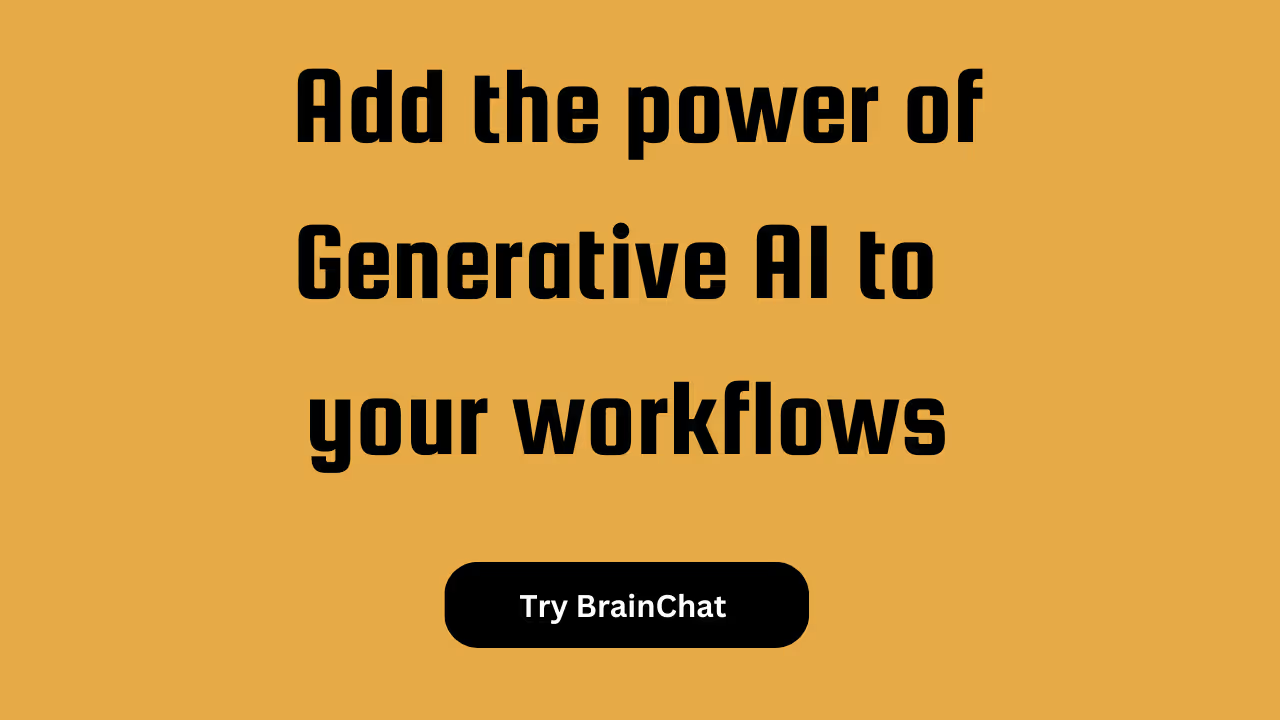
What are Large Language Models

In the ever-evolving domain of artificial intelligence (AI), large language models (LLMs) have emerged as a forefront innovation, transforming the way we interact with machines and technology. These models are a subset of machine learning, particularly specialized in understanding, processing, and generating human language. This article delves into the world of large language models, exploring their architecture, functionality, applications, and the implications of their widespread adoption.
1. Understanding Large Language Models
Large language models are deep learning frameworks trained to understand and generate human-like text. They belong to the class of natural language processing (NLP) systems, which aim to bridge the gap between human communication and machine understanding. LLMs are trained on vast datasets containing diverse linguistic elements, enabling them to comprehend grammar, context, and semantics at a high level of proficiency.
The primary architecture behind most LLMs is the Transformer model, introduced by Vaswani et al. in 2017. Unlike its predecessors, the Transformer model leverages self-attention mechanisms, allowing it to consider the entire context by weighing the significance of different words within a sentence. This architecture enables LLMs to generate more coherent and contextually relevant text, a significant improvement over previous models.
2. Training LLMs: Data and Compute Power
Training large language models is an intensive process that requires monumental amounts of data and computational resources. The process typically involves feeding the model a vast corpus of text data sourced from books, articles, websites, and other textual databases. For example, OpenAI's GPT-3 (Generative Pre-trained Transformer 3) was trained on a diverse dataset comprising terabytes of text data.
The training procedure consists of multiple iterations where the model learns to predict the next word in a sequence, adjusting its internal parameters based on the accuracy of its predictions. This process, known as unsupervised learning, allows the model to discern patterns and build an intricate understanding of language intricacies.
The computational power needed for training LLMs is equally immense. High-performance hardware such as GPUs (Graphics Processing Units) and TPUs (Tensor Processing Units) are typically employed to accelerate the training process. Despite these resources, training large language models can take several weeks to months, highlighting the significant investment required in both time and computational power.
3. Applications of Large Language Models
The versatility of large language models makes them applicable across a wide array of domains, revolutionizing various sectors:
1. **Content Generation**: LLMs can generate high-quality text, making them invaluable tools for content creation in journalism, marketing, and creative writing. They can produce articles, product descriptions, and even poetry with remarkable coherence and fluency.
2. **Chatbots and Virtual Assistants**: By leveraging LLMs, chatbots and virtual assistants can provide more natural and contextually relevant responses. This enhances the user experience in customer service, personal assistance, and informational queries.
3. **Translation Services**: LLMs have significantly improved machine translation by better understanding and preserving the nuances of languages. This aids in breaking down language barriers, facilitating smoother international communication.
4. **Medical and Legal Fields**: In specialized fields like medicine and law, LLMs can assist in document analysis, information retrieval, and even suggesting diagnostic or legal advice based on a vast repository of knowledge.
5. **Educational Tools**: LLMs can create personalized educational content, provide instant feedback, and offer tutorials on a wide range of subjects, thereby supporting both teachers and students in the learning process.

4. Challenges and Limitations
Despite their impressive capabilities, large language models are not without challenges and limitations. Understanding these is vital to utilizing their full potential responsibly and effectively.
1. **Bias and Fairness**: LLMs learn from the data they are trained on, which can include biases present in the source material. This can lead to biased outputs, perpetuating stereotypes or unfair assumptions. There's an ongoing effort within the AI community to develop methods to identify, mitigate, and eliminate these biases.
2. **Ethical Concerns**: The generation of human-like text raises ethical questions, especially when it can be challenging to distinguish between human and machine-generated content. The potential for misuse in creating misleading information, fake news, or malicious content is a significant concern.
3. **Resource Intensive**: The training and deployment of LLMs require substantial computational resources, making them costly and environmentally impactful. The carbon footprint associated with training large models has become a point of scrutiny, prompting the search for more efficient methods.
4. **Lack of True Understanding**: Despite their proficiency, LLMs do not possess true understanding or consciousness. They generate text based on learned patterns and probabilities rather than genuine comprehension, which can lead to contextually bizarre or factually incorrect outputs.
5. The Future of Large Language Models
The evolution of large language models is ongoing, with continuous advancements aimed at improving their accuracy, efficiency, and applicability. Several trends are shaping the future of LLMs:
1. **Scaling and Specialization**: Future models are likely to be even larger, trained on more diverse datasets, and tailored for specific industries or applications. Specialization could make models more efficient and effective in particular domains.
2. **Interdisciplinary Collaboration**: Collaborative efforts between linguists, computer scientists, ethicists, and domain experts will be crucial in addressing the limitations of LLMs and developing holistic solutions that are technically sound and ethically robust.
3. **Energy Efficiency**: Research into energy-efficient training algorithms and hardware is gaining momentum. Reducing the environmental impact of LLMs is imperative for sustainable AI development.
4. **Human-AI Symbiosis**: The future might see an enhanced partnership between humans and AI, where LLMs augment human capabilities rather than replace them. This symbiosis could lead to unprecedented advancements in creativity, problem-solving, and decision-making processes.
6. Case Studies and Real-World Implementations
Several real-world implementations of large language models highlight their transformative impact across various sectors:
1. **Healthcare**: IBM’s Watson, powered by advanced language models, assists doctors by analyzing vast amounts of medical literature to provide diagnostic recommendations and personalized treatment plans.
2. **Finance**: Financial institutions use language models to analyze market trends, automate customer interactions, and detect fraudulent activities by examining transactional data and communication patterns.
3. **Entertainment**: Scriptwriters and creative professionals use LLMs like OpenAI’s GPT-3 to brainstorm ideas, generate dialogue, and even co-create content, blending human creativity with machine efficiency.
4. **Customer Service**: Companies like Amazon and Microsoft deploy advanced chatbots and virtual assistants that utilize LLMs to handle a myriad of customer service inquiries, providing timely and accurate responses.
7. Ethical Considerations and Responsible AI Usage
With great power comes great responsibility. The deployment of large language models must be accompanied by diligent ethical considerations to ensure beneficial and equitable outcomes. Key considerations include:
1. **Transparency**: Organizations must be transparent about the use of LLMs, particularly in contexts where users interact with AI without realizing it. Disclosure fosters trust and accountability.
2. **Bias Mitigation**: Continuous efforts to identify and mitigate biases are necessary to prevent the propagation of harmful stereotypes. This includes diverse training datasets and ongoing evaluation of model outputs.
3. **Regulation and Governance**: Developing regulatory frameworks and governance structures to oversee the use of LLMs can help address misuse and ethical concerns. Collaboration between governments, academia, and industry stakeholders is crucial.
4. **Public Awareness**: Educating the public about the capabilities and limitations of large language models empowers users to make informed decisions and fosters a more inclusive dialogue about AI’s role in society.
8. Conclusion
Large language models represent a significant milestone in the field of artificial intelligence, with their ability to understand, process, and generate human language at an unprecedented level. Their applications span numerous domains, from healthcare to finance, showcasing their transformative potential. However, the responsible development and deployment of LLMs are paramount, necessitating careful consideration of ethical implications, resource efficiency, and bias mitigation.
As we look to the future, the continued evolution of large language models promises to enhance our interaction with technology, driving innovation and improving the quality of life. By fostering interdisciplinary collaboration, promoting transparency, and prioritizing ethical considerations, we can harness the immense potential of LLMs while ensuring they contribute positively to society.
Turbocharge your team with BrainChat AI
Teams using BrainChat report a 40% boost in task completion speed. Imagine what your team could achieve.
%20(1).png)



